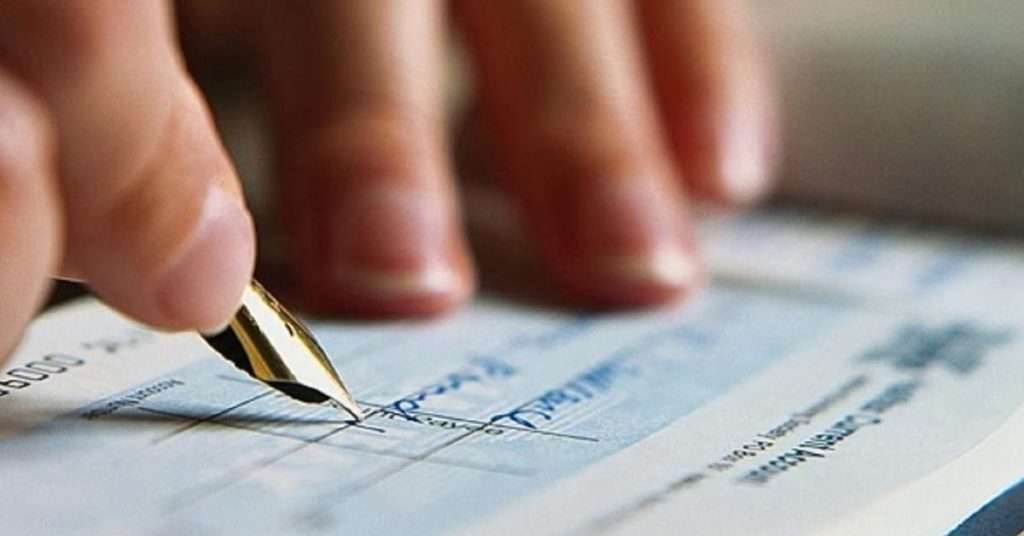How to Write a Cheque in Pakistan: Step-by-Step Guide and Common Mistakes to Avoid
-
Rida Shahid
-
- Published June 27, 2024

Writing a cheque in Pakistan may seem straightforward, but there are specific steps to follow and common mistakes to avoid to ensure your cheque is processed smoothly. Whether you’re a first-time cheque writer or need a refresher, this guide will walk you through the process and highlight crucial don’ts.
Step-by-Step Guide to Writing a Cheque in Pakistan
- Enter the Date:
- Location: Top right corner.
- Format: Use the day, month, and year format (e.g., DD/MM/YY).
- Tip: Ensure the date is current or postdated; backdated cheques may be rejected.
- Write the Payee’s Name:
- Location: After the pre-printed “Pay” or “Pay to the Order of”.
- Format: Write the full name of the person or entity.
- Tip: Ensure the name is correct and matches the account holder’s name if it’s a business cheque.
- Fill in the Amount in Numbers:
- Location: Box with the currency sign (₨).
- Format: Write the amount clearly and accurately, including paise if applicable (e.g., 5,000.00 or 1,234.56).
- Tip: Start writing the amount close to the currency sign to prevent alterations.
- Write the Amount in Words:
- Location: Below the payee’s name line.
- Format: Write the amount in words, followed by “only” (e.g., “Five Thousand Rupees Only”).
- Tip: Match the amount in words to the numerical amount precisely.
- Add a Line for Additional Security:
- Location: After the amount in words.
- Tip: Draw a horizontal line after the amount in words to fill up any remaining space, which prevents any unauthorized additions.
- Sign the Cheque:
- Location: Bottom right corner.
- Tip: Use the same signature as recorded with your bank. Inconsistent signatures can cause the cheque to bounce.
- Write a Note in the Memo/For Line (Optional):
- Location: Bottom left corner.
- Purpose: This is for personal records or to note the reason for payment (e.g., “For Rent” or “Invoice #123”).
Common Mistakes to Avoid When Writing a Cheque
- Incorrect Date:
- Avoid: Writing the wrong date, backdating, or forgetting the date can invalidate the cheque.
- Spelling Errors in Payee’s Name:
- Avoid: Misspelling the payee’s name can lead to rejection or disputes.
- Mismatched Amounts:
- Avoid: Discrepancies between the numeric and written amounts can cause the cheque to be bounced.
- Blank Fields:
- Avoid: Leaving any fields blank increases the risk of fraud. Always fill in all necessary details.
- Using Pencil or Erasable Ink:
- Avoid: Always use a permanent ink pen. Pencil marks can be altered, and banks do not accept cheques written in pencil.
- Overwriting:
- Avoid: Any corrections or overwriting on a cheque may lead to its rejection. Always start with a new cheque if you make a mistake.
- Unsigned Cheque:
- Avoid: Forgetting to sign the cheque is a common error that renders the cheque invalid.
- Overuse of ‘Bearer’ Cheques:
- Avoid: Writing “or Bearer” can make the cheque encashable by anyone in possession of it. For added security, strike off “or Bearer” to make it “A/C Payee Only”.
Writing a cheque correctly ensures that your transactions are smooth and trouble-free. By following the steps outlined above and avoiding common mistakes, you can minimize the risk of your cheque being rejected or misused. Always double-check each detail before handing over a cheque to safeguard your financial transactions.









Leave a Reply